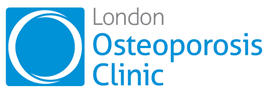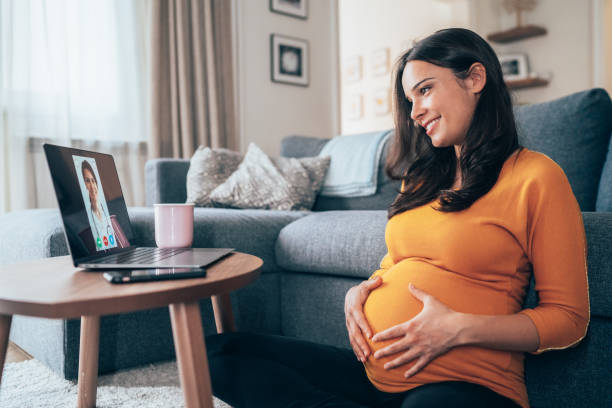I am delighted to introduce Mrs Low, a remarkable individual with a wealth of experience in various educational leadership roles. Despite her extensive travels and commitments, Mrs Low actively contributes to the education sector through governorships and other responsibilities. Today, I had the privilege of speaking with her in the clinic, where she graciously raised a crucial issue regarding the lack of awareness surrounding bone health, particularly among women of childbearing age.
Mrs Low’s insight into the dearth of information on bone health, especially concerning young women, is both eye-opening and concerning. As someone who has recently been diagnosed with osteoporosis, she emphasizes the importance of education on this topic, particularly for individuals like her daughters and daughter-in-law. It is disconcerting to realize that essential aspects of bone health, such as the impact of pregnancy and breastfeeding on calcium loss, are often overlooked.
In our conversation, Mrs Low underscores the need for government intervention to incorporate bone health education into formal school curricula. She rightly points out that understanding the implications of childbirth and menopause on bone health should be a fundamental part of health education, given the higher risk women face. Her personal experience highlights the missed opportunities for early intervention and prevention.
The dynamic nature of bone development, particularly during early life stages, further emphasizes the urgency of this issue. Mrs Low’s suggestion to integrate bone health education with existing school subjects offers a practical approach to increase awareness among young individuals. By understanding the factors influencing bone strength, such as nutrition and exercise, students can adopt proactive measures to safeguard their future health.
As we discuss potential avenues for action, it becomes evident that collaboration and advocacy are essential. Organizations like the Global Osteoporosis Foundation (GOF) are crucial in raising awareness and promoting preventive measures. With a shared vision of a future without osteoporosis, initiatives aimed at educating and empowering individuals are paramount. Through proactive measures and early intervention, we can mitigate the burden of osteoporosis on individuals and healthcare systems.
I am very grateful to Mrs Low for highlighting this important topic. Together, with the enthusiasm and dedication of advocates like her, we can strive towards a future where bone health education is universally accessible and prioritized. Let us embark on this journey with the universe’s guidance, knowing that every step forward brings us closer to our goal.

